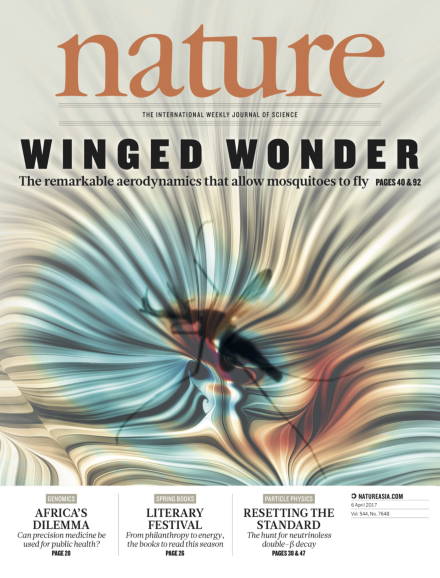Volume 544 Issue 7648, 6 April 2017
Editorial
World View
Seven Days
Correction
News
Correction
News Feature
Comment
Correction
Books & Arts
Correspondence
News & Views
Article
Letter
Corrigendum
Toolbox
-
The DIY electronics transforming research
Collection:

